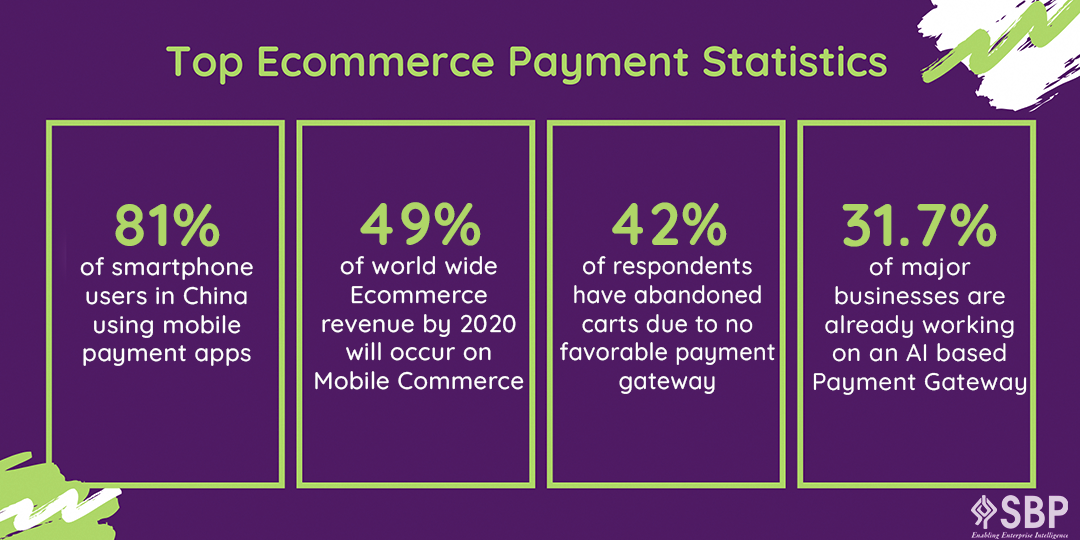
Ecommerce Payment Trends
Ecommerce and digital payments have been advancing at a rapid pace over the last few years. And now that we’ve entered a new decade, it’s vital to keep preparing for what’s to come. 2019 has seen a massive shift to new interfaces enabling consumers to shop, live, and pay without the need to pick up a mobile phone or other device in order to do so. With voice shopping set to hit $40 billion by 2022, the need to adapt payments for these channels has risen. While 2020 will see the expansion of payments via the channels people already use every day. Increasingly, the channels we use most will be used to make payments, for example sending money through social media and messaging contacts will become as easy as sending a photo or video clip is today.
Digital and in-store experiences are increasingly converging. For example, you can order a meal from Panera Bread on your phone and pay for it there, then pick it up in-store. You might even visit a restaurant, view the menu, order your food and pay the check on an iPad. Historically, the different elements of the online payment process such as card selection, confirmation and authentication have all been quite separate, resulting sometimes in a fractured payment experience. This started to change a few years ago through ‘tokenized’ digital wallets such as Apple Pay, Google Pay and Samsung Pay. In 2020, we will see the next phase of this trend with many large merchants replacing all their stored cards-on-file with secure tokens.

Fintech trends that will continue to evolve the Ecommerce industry:
-
Increasing Global Possibilities: One of the primary benefits of new payment innovations is that payments can be seamlessly made across borders. PayPal was the first big company that made it possible for the Ecommerce to cater to new customer bases by providing the possibilities for global transactions, ushering in all sorts of other payment providers like TransferWise, Transfer go and even Western Union getting into the digital money-transfer game. Thanks to these advancements in payment systems and globalization, Ecommerce companies no longer need to rely solely on their local market to increase sales.
-
Growth Of M-Commerce: While payments via mobile apps are nothing new, widespread acceptance of it is. Visa sales through mobile devices have grown 53% faster than sales made on a desktop computer. This opens the possibility for Ecommerce businesses to go mobile. With innovations such as Apple Pay and Samsung Pay, users can make a purchase easily, safely, and efficiently. As mobile payments get easier, the likelihood of customer “cart abandonment” decreases and Ecommerce shops can make more sales.
-
Frictionless Experience Through Increased Cost Saving, Efficiency and Accessibility: If payments are easier to make, consumers are more likely to make them. “Frictionless payments and banking mean faster growth for businesses and better experiences for consumers,” says Kalle Radage, Chief Product Officer at Performa, a company that provides all the hardware and software needed to accept payments online and in-store. Additionally, fintech is helping Ecommerce companies to evolve by increased efficiency and accessibility.
Fintech is changing the way consumers store and spend their money, shaping the future of Ecommerce and online financial transactions. Payment innovations make it effortless for consumers to increase spending while also allowing for security, accessibility, convenience, and efficiency. Consumers initially may have been uncomfortable with the prospect of digitally forfeiting their financial information, making Ecommerce a less attractive prospect. However, advanced and increasingly secure payment systems have allowed Ecommerce businesses to thrive like never before. As fintech innovates further, Ecommerce will continue to evolve as well.
It might be a few years before mobile commerce spending and revenue reaches the levels that Ecommerce enjoys right now, but it’s better to get in on it now and ride the wave, instead of having to play catch-up later. Platforms Such as SAP Commerce (Hybris) provide you exactly with this opportunity to cash-in on this budding market, with commerce optimized for all smart devices.
SBP offers SAP Commerce (Hybris) services to help you make the best of online retailing.
Reach out to us on “getHybris@sbpcorp.com” for a demo on our portfolio of products “Omnibus Commerce for SAP Commerce”.



